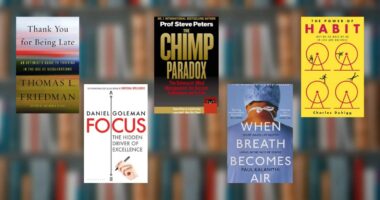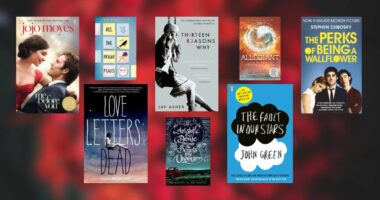Top 10 Books About Screenwriting Everyone Should Read: Screenwriting, or the process of creating scripts for films, may seem like an elite creative task that only maestros can do. But this is not true. With the help of books written by experts from the actual film industry, one can get valuable insights into what screenwriting is like. With such reading, it’s possible for any creative mind to master the process. Here is a list of essential readings if you want to write screenplays.
Books About Screenwriting Everyone Should Read – Top 10
Screenplay by Syd Field

In this insightful book, Field, compiles the craft of storytelling in an organized, stepwise guide. From the elements of a screenplay, like the plot, structure, character, dialogue and language to more material questions like adapting a film or novel into a screenplay, this book answers it all. Field’s guide is appropriate for anyone who has strong ideas and concepts but is virtually clueless about how to go about their execution.
Adventures in the Screen Trade by William Goldman

The bestselling screenwriter and two time winner of the Academy Awards who has feathers like “All the President’s Men” in his cap, Goldman unravels his secrets in this book. This book is replete with both tips and tricks about the creative process that screenwriting is as well as insider highlights of Bollywood. Thus, through examples and anecdotes, Goldman reveals practical insights into how screenwriters should navigate the glamourous film world.
The Nutshell Technique by Jill Chamberlain

This book, in which successful screenwriter Chamberlain expounds the nutshell technique of writing screenplays, stems from an interesting place. Chamberlain noticed that most scriptwriters convey a situation rather than a story while writing their scrips. In order to rectify this, the screenwriting consultant suggested that they identify eight elements of a screenplay that form the story ecosystem. Through examples, she explains just this.
Save the Cat by Blake Snyder

In this almost Bible of screenwriting, Snyder reveals the perfect formula to get a story right, even down to its page numbers. The title of this book refers to saving the cat, or a plot device. Here, you make your character more likable by making him or her do something charitable or brave or selfless. There are numerous such tips Snyder gives to make the story more viable, along with rules to stick by for maximal impact.
Three Uses of the Knife by David Mamet

This book is about the importance of writing drama and how to nail the art form, but this is easily applicable to movies and screenwriting too. From the connectivity between two acts to the difficult art of writing a soliloquy, Mamet covers it all. His passion for and dedication to the subjects is palpable throughout the book. This, coupled with his ingenious, practical insights, makes the book flawless.
Anyone Can Write a Film by Atul Taishete

In this book, Taishete convinces his readers that any layman can write a good screenplay. One only needs to put their heart and soul into it. Breaking down the syntax of a film in the most simple, non technical language possible, Taishete talks about the various elements of a screenplay. He also uses a lot of examples from masterpieces of the film world, such as Shawshank Redemption and the like, which makes the book compulsively readable and engaging.
Story by Robert McKee

McKee, who has written for the likes of Julia Roberts and David Bowie, is the perfect guide for novices in the world of screenwriting. In his book, which compiles material from his many workshops, he proves an integrative, self sustaining model of screenwriting. With raw humour and terse, pointy insights, this book is perfect for anyone who wants to know anything about the screenwriting world. And McKee is a master of his trade.
The Idea by Erik Bork

Bork has won accolades like the Emmys and Golden Globes many times over. His masterful experience with screenwriting trickles down into his book about the art of screenwriting. Many of these other books talk about embellishing stories by crafting characters, plots and other elements immaculately. But this book focusses on the origin of these elements – the idea for the story itself. This book is a masterclass on creativity and originality.
The Anatomy of a Story by John Truby

With movies like Sleepless in Seattle, Scream and Shriek at his credit, Truby is known for his art of writing emotive, impactful movies. And in this book, he breaks down his process. This book blends practical insights from actual experience with theoretical concepts from disciplines like philosophy and mythology. This blend makes for a masterful book about exactly how to nail screenplays.
Into The Woods by John Yorke

While these other books are about the craft of writing and the elements of a story, this book delves into the heart of the matter – the story itself. Yorke talks not just about the outer aspects of a story but also about the inner instinct for it. He discusses the nature of storytelling, its origin and why it is so important to the human experience. From fairy tales to The Godfather and primitive myths to Shakespeare, Yorke uses all kinds of examples.
Also Read: Top 5 Books On Decision-Making



